The Difference Between Money and Fiat Currency | The Gold Standard 2324
https://www.midasgoldgroup.com/
Series hostess Jennifer Horn, and her guest Ken Russo, SVP of the Midas Gold Group, talk about the difference between money and fiat currency. They discuss the potential consequences of multiple financial bubbles bursting and their impact on investors.
Fiat “money” is not money, at least not in the way gold and silver are money. It’s better to use the term fiat currency. Fiat currency is not backed by a physical commodity like gold or silver but rather by the authority and public trust of the government or organization that issues it. “Fiat” refers to the proclamation of rule that declares a particular unit of account valued as money.
Money, in general, is a contract between two or more parties that solves the problem of trading goods and services. It involves an agreement on the units of account (a way to measure value) and the exchange media. Standardizing these agreements creates efficient systems known as currencies. The concept of fiat money is relevant again when discussing Central Bank Digital Currencies (CBDCs). The authority of central banks backs these digital representations of fiat money. It aims to provide efficient and secure transactions in the digital age. Earlier episodes warn us about CBDC’s tremendous threat to our financial privacy, but it’s the same as cash in that there is no real store of value, not like precious metals. Gold and silver are the only real money, and they’ve always served as money since the dawn of civilization.
The possibility of multiple financial bubbles popping all at once raises concerns about the potential consequences for the average investor. Financial bubbles occur when asset prices become detached from their intrinsic value due to excessive speculation and investor optimism. If these bubbles were to burst, it could lead to significant market corrections and widespread asset value declines. The impact on the average investor would depend on their exposure to the affected asset classes. Those heavily invested in bubble-prone sectors like technology, real estate, or cryptocurrencies could experience substantial losses. Bursting bubbles will trigger a broader market downturn and economic instability and affect investment portfolios. Now is the time for investors to diversify their holdings.
On August 15th, 1971, President Nixon got on television and told everyone that the government would default on turning cash into gold. For many citizens, it was the first time they’d seen such an immediate currency devaluation. Older citizens could remember a similar event on March 5th, 1933, when President Franklyn Roosevelt got on the radio and did the same thing by confiscating everyone’s gold and making it illegal to own gold.
Other things coming at us in the financial storm include the massive amount of debt creation, the accumulation of internal political conflict, and the widening gap between the rich and the poor.
The chance of war is increasing. It could be an economic war or a military conflict, or both. Germany has just begun rearmament, which they haven’t done since World War II. The country is taking a more aggressive stance on re-militarizing and establishing security priorities, especially since Russia’s invasion of Ukraine. Nothing is certain. But we should learn from the patterns of the past. Consider how things were between 1900 and 1950. Make some comparisons between then and now.
There is an old saying that seems appropriate for current times. If you worry, you don’t need to worry because that means you probably want to do something about it. If you’re not worrying, then you should worry. The weaponization of the dollar is the driving force pushing political and business leaders from some of the world’s largest economies to consider alternatives. Up until now, deciding on a viable option for the US dollar has been a struggle. On August 22nd, the leaders of the BRICS countries, namely Brazil, Russia, India, China, and South Africa, will meet to discuss the introduction of the BRICS+ currency. Twenty-five other countries want to join the BRICS union or adopt the new currency. While it is premature to speculate on specific outcomes, the continued collaboration and discussions within BRICS may potentially contribute to the diversification of international reserve currencies, challenging the dominance of the US dollar.
The main takeaway is to always be prepared for the unexpected. Don’t assume things will stay the same. Being adaptable, and open to the idea of changing direction, is essential in navigating the unexpected. The Gold Standard offers a way to stay informed as the world of finance continues to evolve.
______________________________________________________________________________________________
Listen to The Gold Standard: https://www.midasgoldgroup.com/gold-standard-radio-show/
Gold IRA: https://www.midasgoldgroup.com/gold-ira/
Invest in Gold: https://www.midasgoldgroup.com/buy-gold/
Guide to Owning Bullion & Coins: https://www.midasgoldgroup.com/bullion-guide/
Read the latest precious metals news: https://www.midasgoldgroup.com/news/
-
 25:03
25:03
Midas Gold Group
3 months agoTimeline of Real Money to Fiat Money | The Gold Standard 2405
170 -
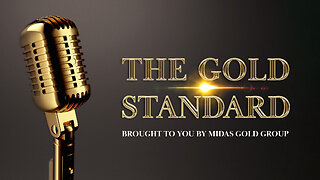 25:00
25:00
Midas Gold Group
1 year agoYour Personal Gold Standard | The Gold Standard 2304
47 -
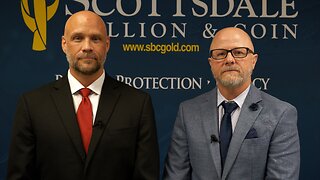 3:08
3:08
Scottsdale Bullion & Coin
9 months agoDecoding De-Dollarization | The Gold Spot
48 -
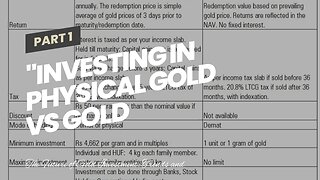 7:16
7:16
Website with WordPress
1 year ago"Investing in Physical Gold vs Gold Stocks and ETFs" for Beginners
64 -
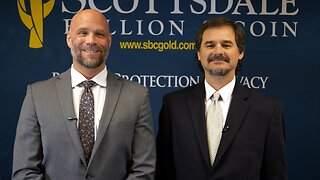 3:43
3:43
Scottsdale Bullion & Coin
1 year agoDe-Dollarization Accelerates: Is The US Dollar In Trouble? | The Gold Spot
52 -
 4:26
4:26
Website with WordPress
1 year ago6 Easy Facts About "Gold vs. Stocks: Which Investment Option is Better?" Shown
9 -
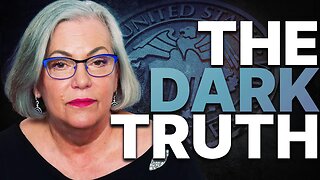 36:36
36:36
ITM Trading
1 year ago $0.05 earnedThe Gold Standard vs. Fiat Money: How the Transition Changed Everything
2851 -
 26:13
26:13
ITM Trading
1 month ago $0.33 earnedGold and Silver Ripping in the Face of Higher Yields, Stronger Dollar
505 -
 6:15
6:15
Website with WordPress
11 months agoSome Known Factual Statements About "The Pros and Cons of Investing in Physical Gold vs. Gold E...
52 -
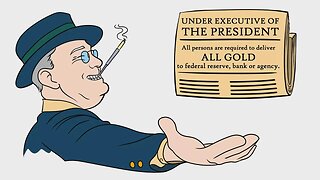 3:34
3:34
Mises Institute
1 year ago $0.03 earnedThe Fall of the Gold Standard
56